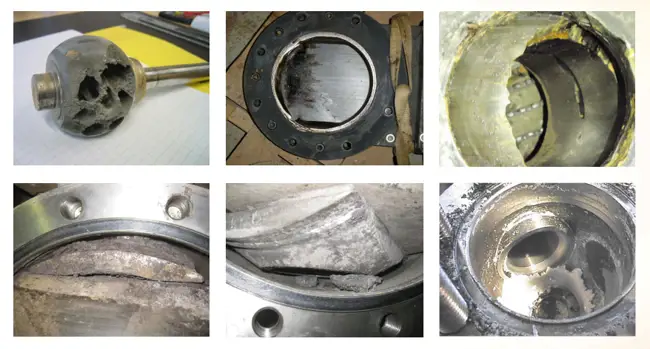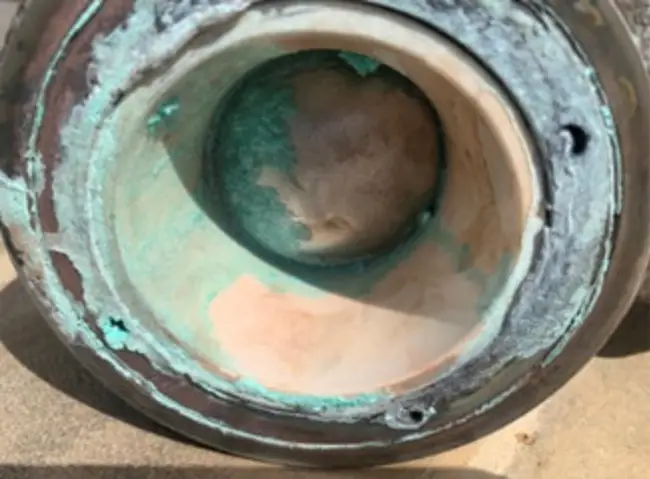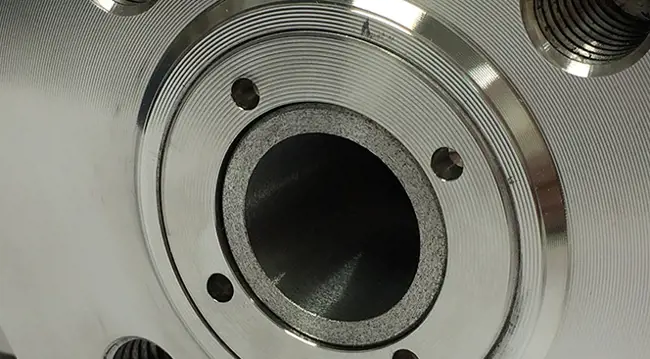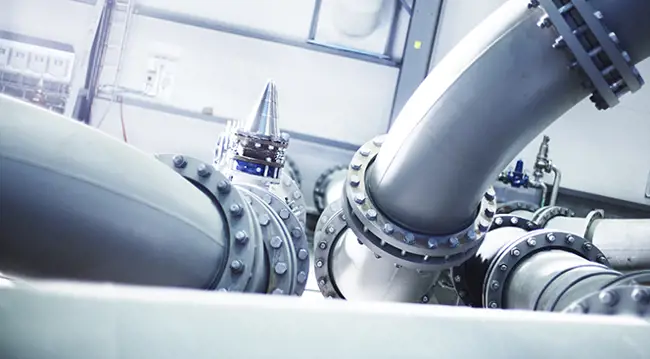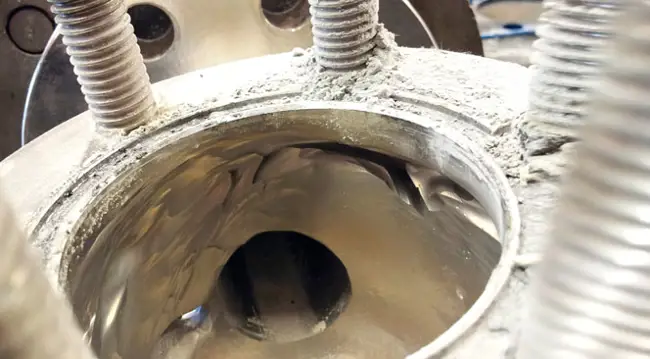Erosion can be stopped
Mar 2, 2017
Jussi Hellman says that new material options can prevent erosion and corrosion at an acceptable cost
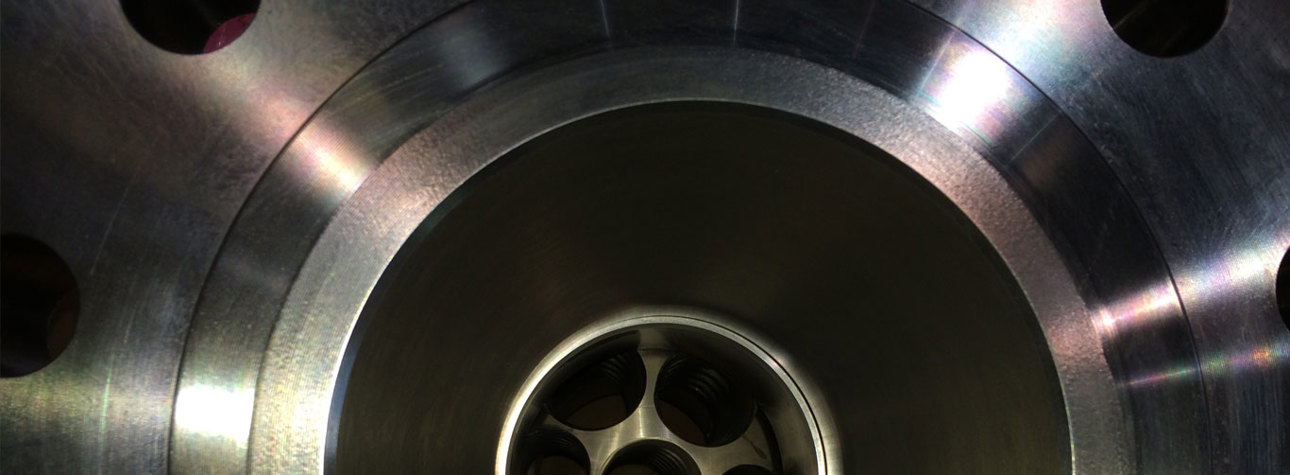
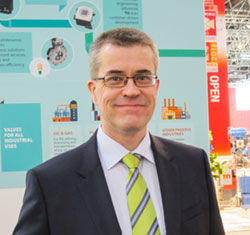
Of course, changing from a standard material such as carbon steel to solid stainless steel can cause a significant price increase, and the rise becomes even more dramatic if a nickel alloy or a wear resistant material is required. And whilst clad valves can offer corrosion resistance at a more acceptable cost, Mr. Hellman notes there can be issues associated with defects or discontinuities. “This is why Valmet is constantly looking to develop and apply new materials, such as our bi-metal valves.” In many ways the bi-metal solution has objectives similar to weld overlay valves. There’s a shell made of a ductile, inexpensive valve construction material to provide the necessary wall thickness as designated by the applicable standards. Then there’s an inner material that offers better corrosion and/or erosion resistance. However, what Valmet have done with the bi-metal valves is to develop a process whereby the inner material is applied in a single step which results in a perfect, reliable bond, stresses Mr. Hellman. “There are no pores or cracks that are often associated with weld overlay.
“There are no pores or cracks that are often associated with weld overlay”
Moreover, the inner material retains its uniform chemical composition, so there is no dilution layer which you find in welds.” The process is relatively new, but Neles have already compiled some persuasive case histories. Mr. Hellman: “for example, in one application an end user asked us to review we saw that the previous valve would fail every six months. We installed a bimetallic valve about eighteen months ago and it is still working fine.” Finally, asked about the cost of the bi-metal valves Mr. Hellman says that potential buyers need to look beyond the purchase price. “It is important to consider the total cost of ownership, and especially the financial benefits of additional uptime for the plant. Within that context the bi-metal valve is practically a bargain!”
The header image shows a close-up of the port in a Neles QX-T5 ball valve, which successfully uses a bi-metal construction.
Text originally published in 2017, and slightly updated in April 2022, due to the company name change to Valmet.
Jussi Hellman in Profile:
Age: 45 • Education: M.Sc. in physical metallurgy and materials science • Career: Manager of materials engineering and product development in several business areas in Metso Corporation since 2002. Before that (1995-2001) project manager and head of research group in Helsinki University of Technology, where also part-time lecturer (1995-2015)
TEXT: David Sear
Published in Valve World magazine March 2017.
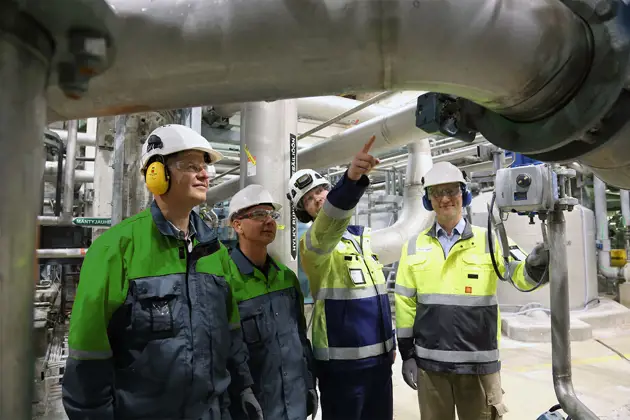
Subscribe to our newsletter
Subscribe now to our 'Go with the flow' newsletter and receive the latest insights directly to your email.
Subscribe